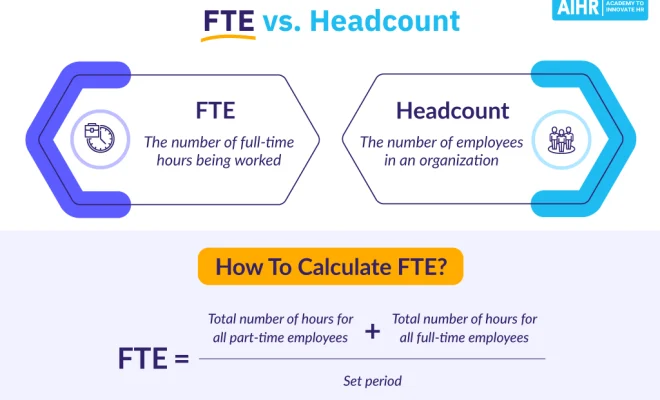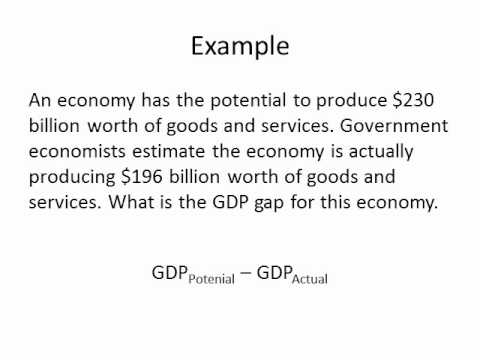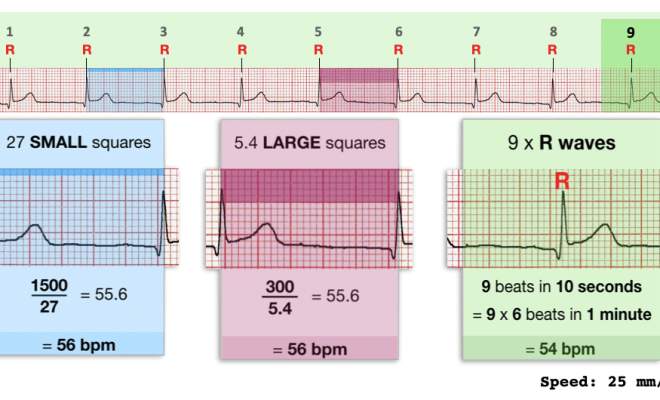How to Calculate Population Density: A Comprehensive Guide

Introduction
Population density is an important demographic measurement that indicates the concentration of people within a specific geographic area. It plays a crucial role in understanding various aspects of human civilization, from urban planning and public services to resource allocation and environmental conservation. In this article, we will explore the concept of population density and its various applications, while also providing a step-by-step guide on how to calculate it.
Understanding Population Density
In simple terms, population density refers to the number of people living in a particular area. It is usually expressed as the ratio of individuals per unit area (such as square kilometers or square miles). Higher population density typically signifies higher levels of congestion, pollution, and competition for resources, while lower population density might indicate a more relaxed lifestyle coupled with better access to nature.
Calculating Population Density
The calculation for population density is straightforward and can be simply expressed by using the following formula:
Population Density = (Total Population) / (Area)
Here’s a step-by-step guide on how to calculate population density:
1. Determine the total population: The total population refers to the number of people living within a particular geographic area. This information can generally be obtained from official government publications, census reports, or other reliable sources.
2. Measure the total area: Measure or obtain the size of the area under investigation. Area is typically measured in square kilometers (km²) or square miles (mi²). You can find this information through various sources such as maps, geographic surveys, or online databases.
3. Perform the calculation: Divide the total population by the total area to obtain the population density value. The result will be expressed as individuals per square kilometer (people/km²) or individuals per square mile (people/mi²).
For example:
Suppose we have a city with a total population of 1 million people and an area of 500 km².
Population Density = (1,000,000) / (500) = 2,000 people/km²
Applications of Population Density
Understanding population density has several practical applications in various fields, such as:
1. Urban Planning and Development: City planners and developers use population density data to assess the need for housing, public amenities, transportation options, and recreational facilities.
2. Resource Allocation: Governments and organizations use population density information when distributing resources like healthcare, education, and other public services.
3. Environmental Conservation: Population density helps identify areas where human activity is highly concentrated and potential environmental degradation is more likely to occur.
Conclusion
Calculating population density is a simple yet crucial process with various applications in numerous fields. The resulting values can provide valuable insights into the distribution of human populations within geographic areas and help inform decision-making on development projects, resource allocations, and environmental conservations efforts.






